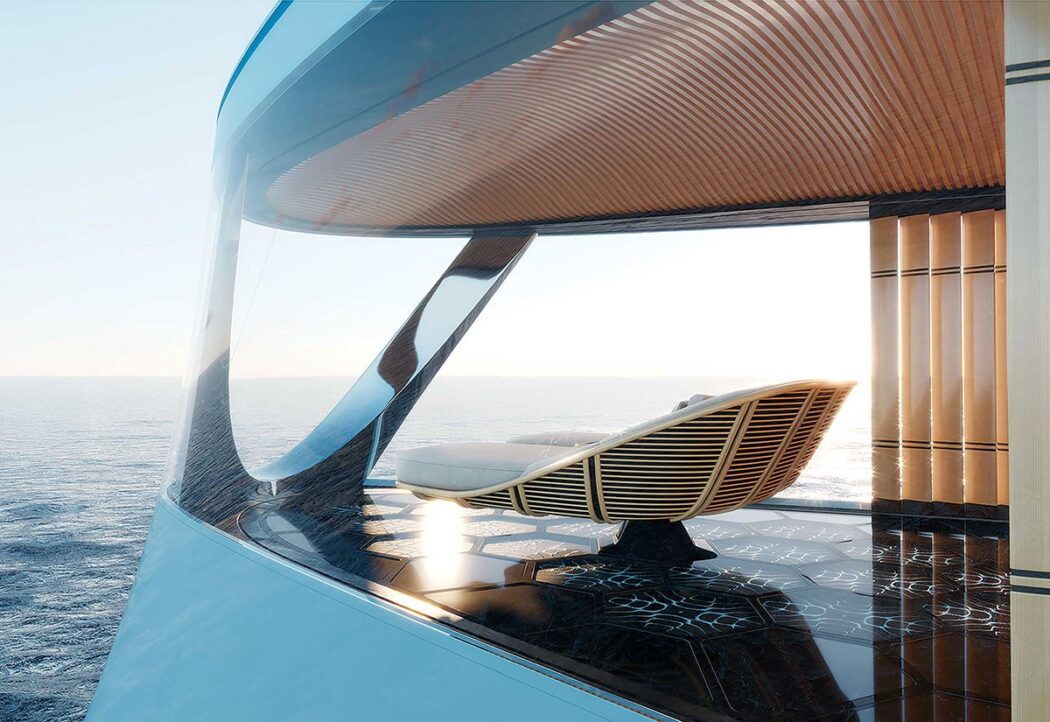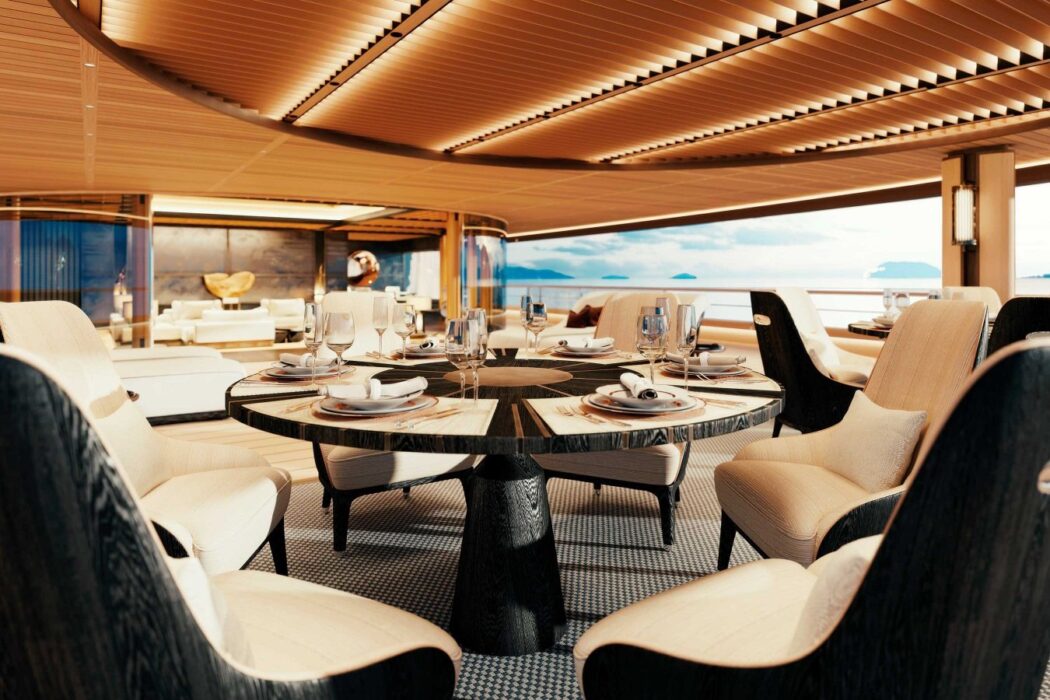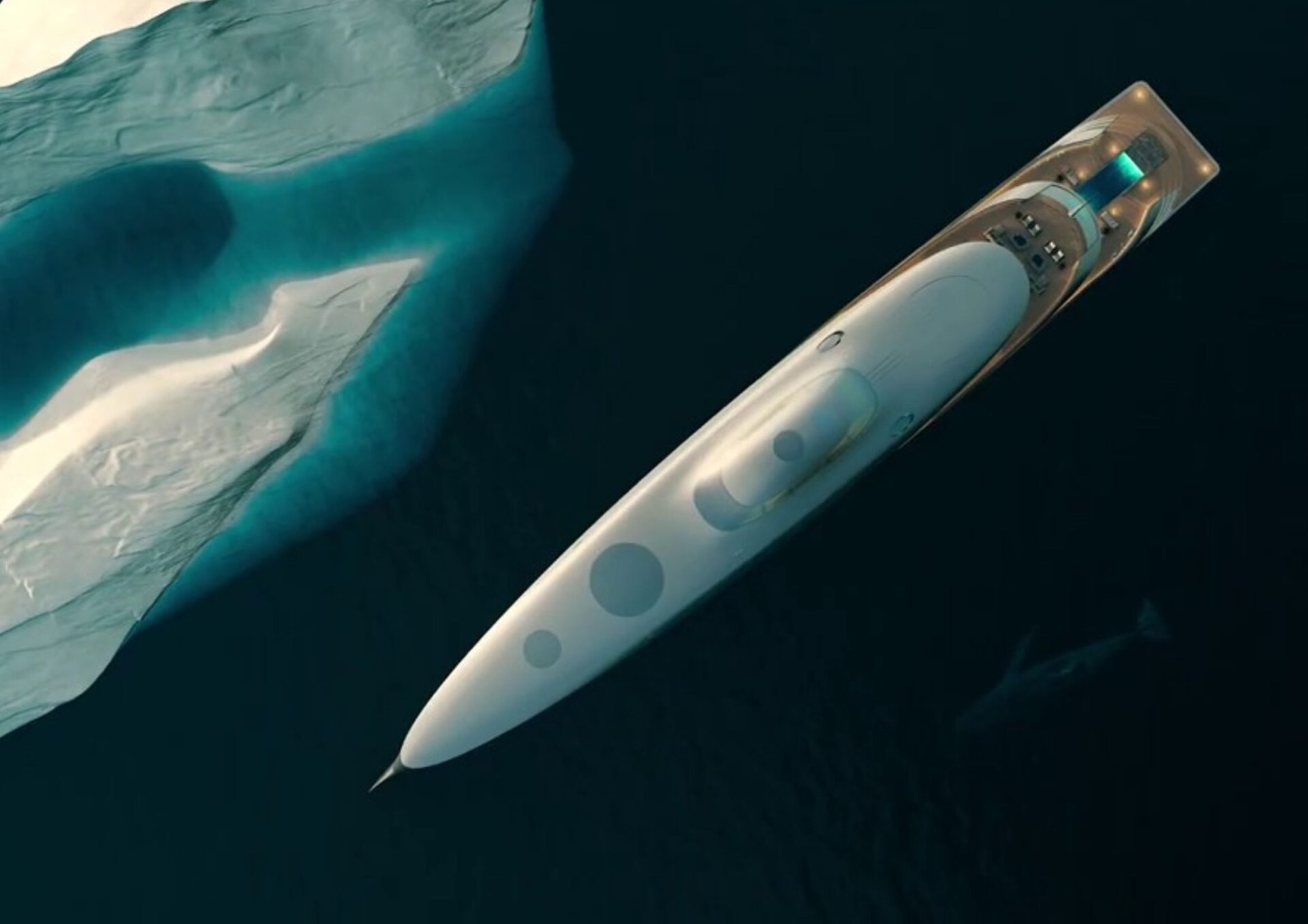The concept of utilizing hydrogen as a fuel source has been discussed for over a decade, gaining traction as a crucial solution in the fight against climate change. More companies are now exploring hydrogen as a sustainable, emission-free alternative fuel, transitioning the idea from science fiction to practical application. However, the question remains: how soon will hydrogen technology be viable for marine use?
While fuel cells have been around longer than combustion engines, hydrogen technology has primarily been limited to submarines and space exploration until recently. Over the past few years, advancements have made it feasible for other modes of transport, including trucks, trains, cars, and even some aircraft, to adopt hydrogen fuel cells.
In yachting, a sector heavily reliant on fossil fuels, owning and operating a superyacht remains one of the most carbon-intensive activities globally. Transitioning from diesel to hydrogen fuel could potentially offer a sustainable solution for the marine industry.
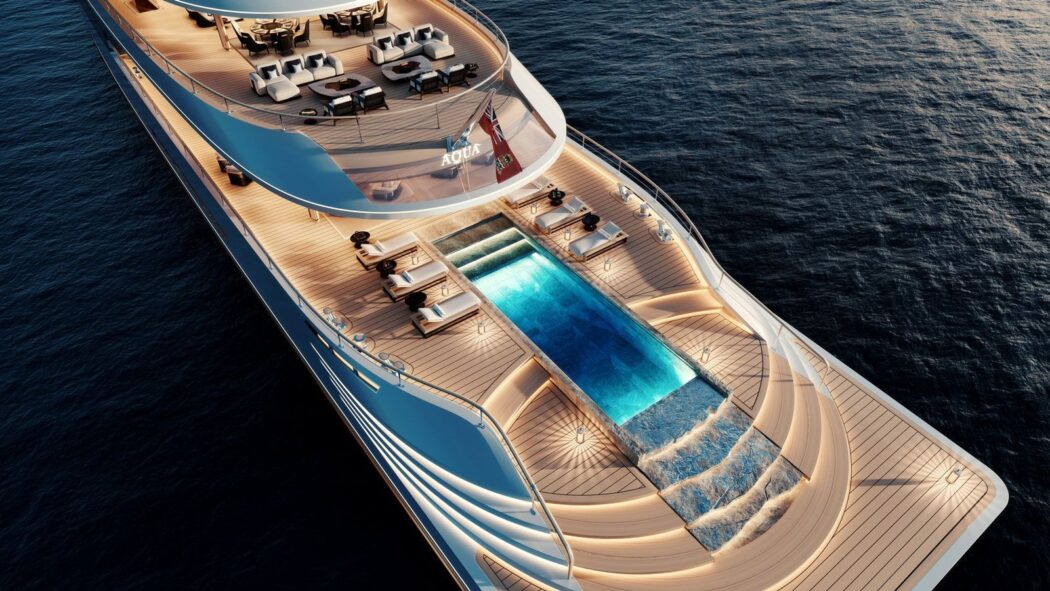
How Does It Work?
Simply put, hydrogen technology operates by initiating a chemical reaction to generate electricity. Pressurized hydrogen (H2) combines with oxygen (O2) from the air, producing electricity that powers the vehicle or vessel. The appeal lies in the fact that the only by-products are heat and water vapor (H2O), considered clean enough to drink by some.
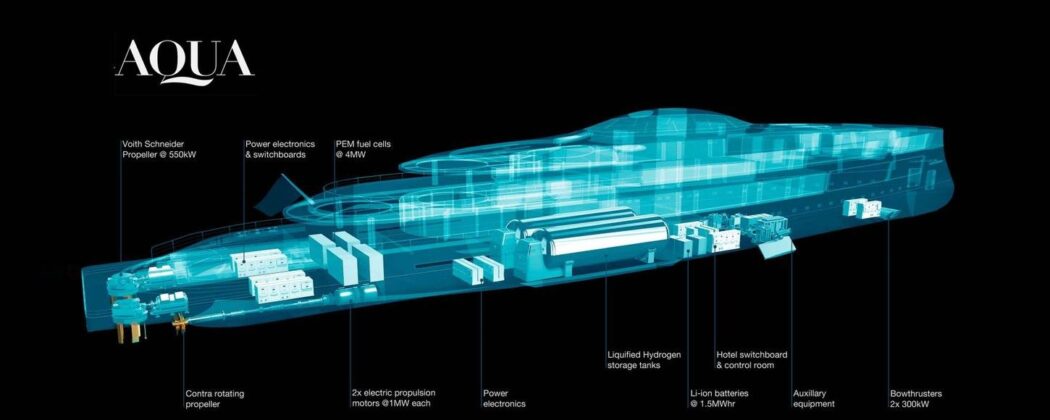
Challenges and Obstacles One of the primary challenges in developing hydrogen-powered yachts is the complexity and cost of hydrogen storage. While cars utilize compressed hydrogen gas to save space, maritime regulations currently restrict compression levels. As a result, hydrogen storage tanks for yachts would need to be significantly larger and heavier than conventional diesel tanks. Alternatively, liquid hydrogen requires extremely low temperatures (around -423°F), posing considerable energy and logistical challenges in production and storage.
Existence of Hydrogen-Powered Yachts Despite these hurdles, Dutch design studio Sinot Yacht Architecture & Design introduced Aqua, a groundbreaking yacht concept fully powered by liquid hydrogen. Unveiled in 2019 and presented at the Monaco Yacht Show, Aqua is a 360-foot-plus superyacht prototype. Developed in collaboration with Lateral Naval Architects, it is designed to achieve a top speed of 17 knots and cover 3,750 nautical miles.
Aqua will store liquid hydrogen in two 28-ton vacuum-isolated tanks onboard. This hydrogen will be converted into electricity using proton exchange membrane fuel cells (PEM), supplying power for propulsion, interior amenities, and auxiliary systems. With only water as its emission, Aqua promises zero carbon emissions. Furthermore, its electric propulsion ensures minimal noise and vibrations, enhancing onboard comfort and sustainability.
